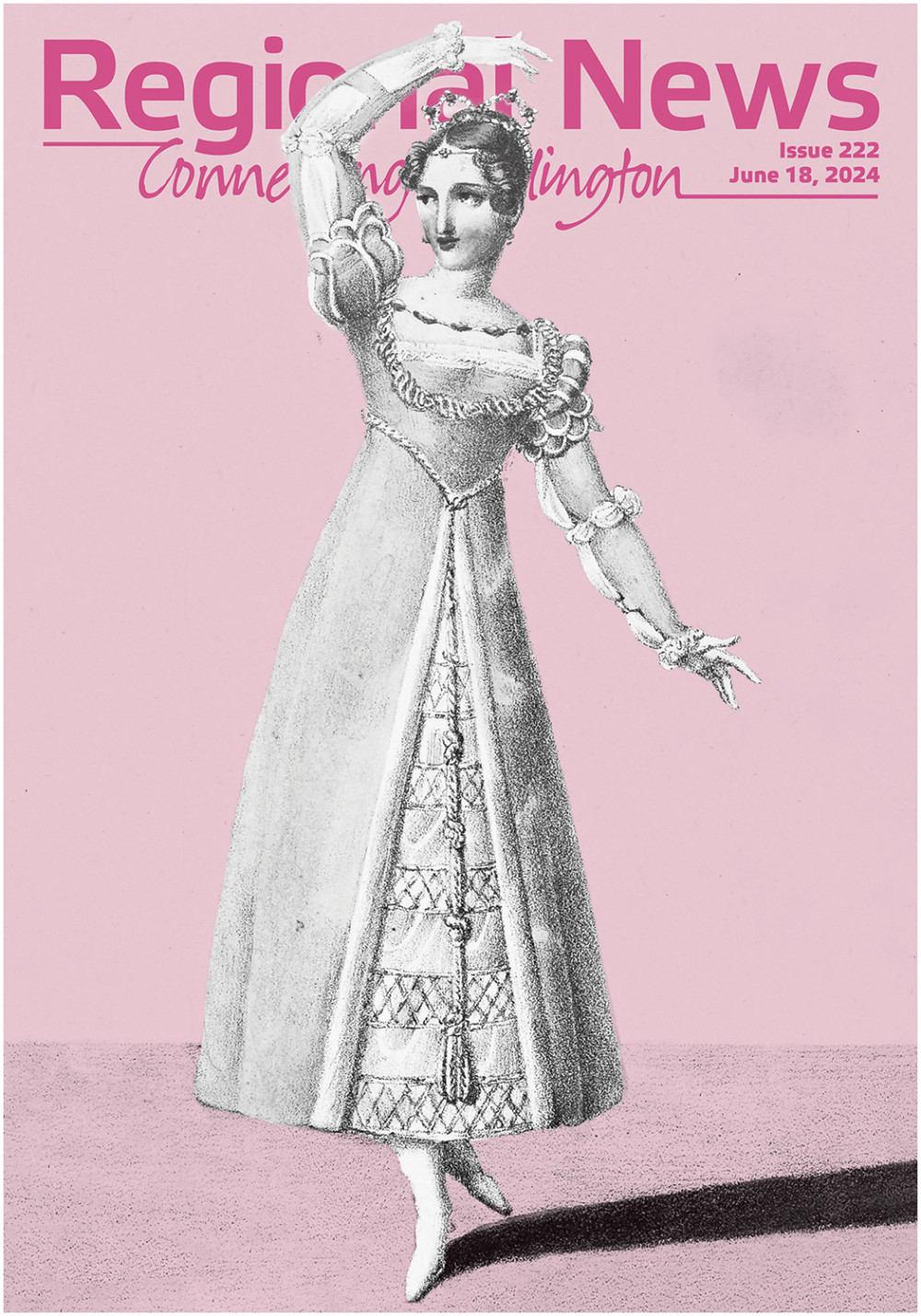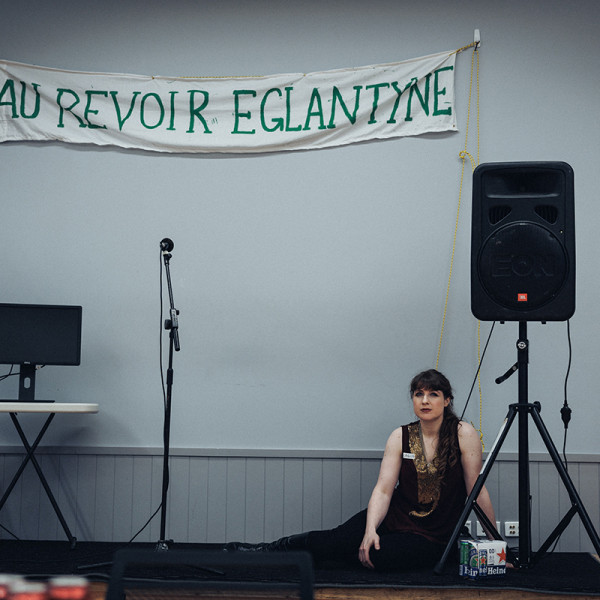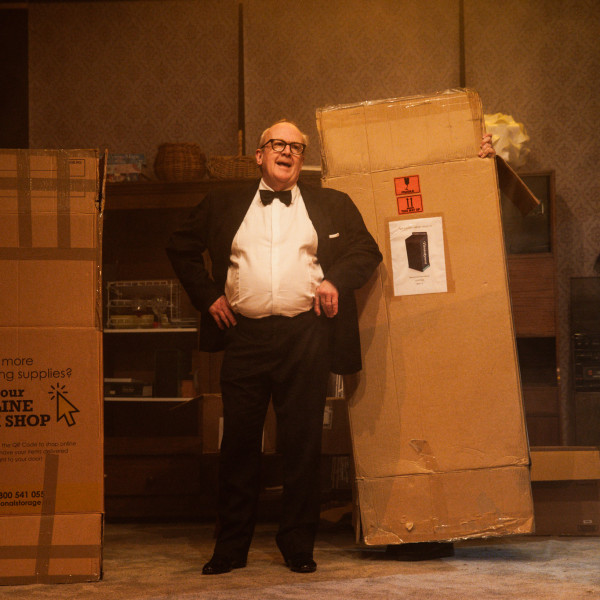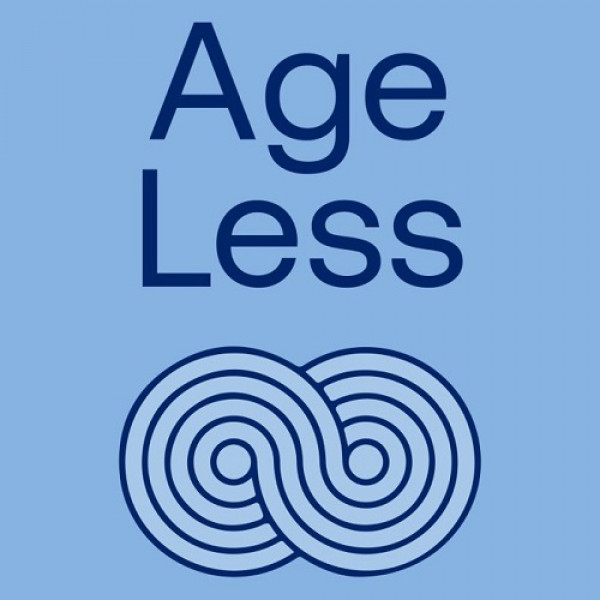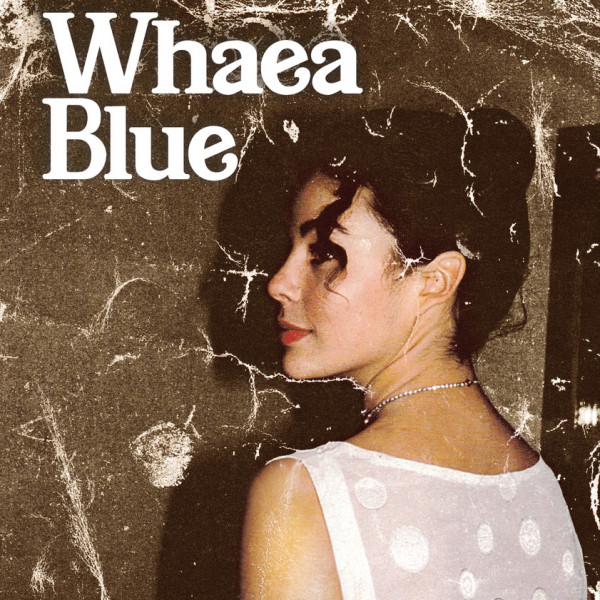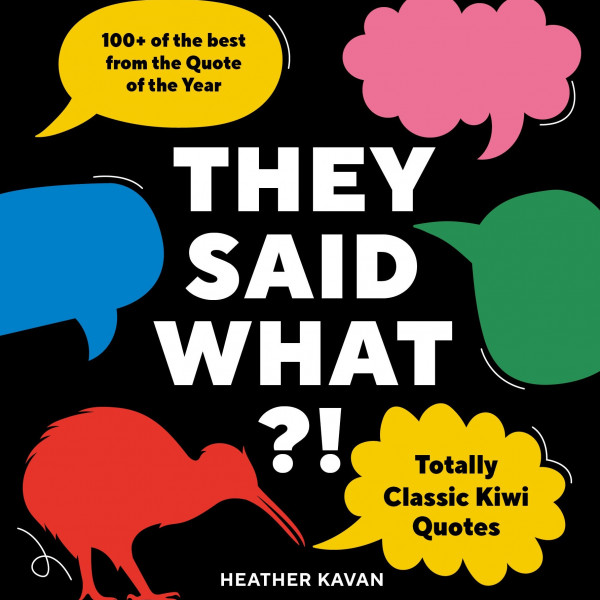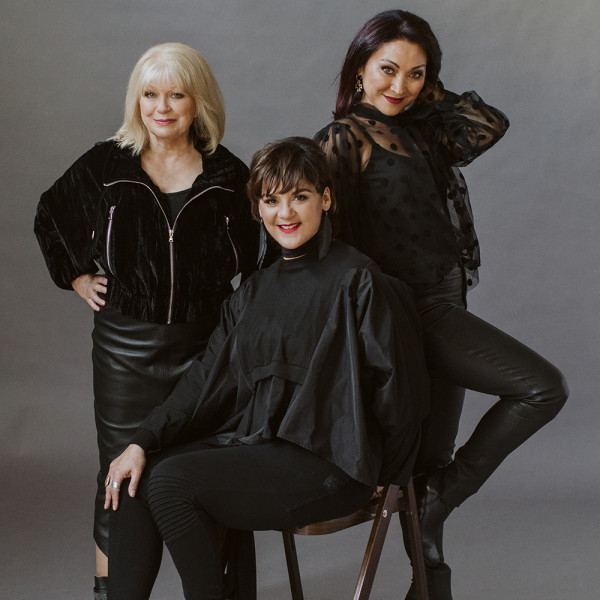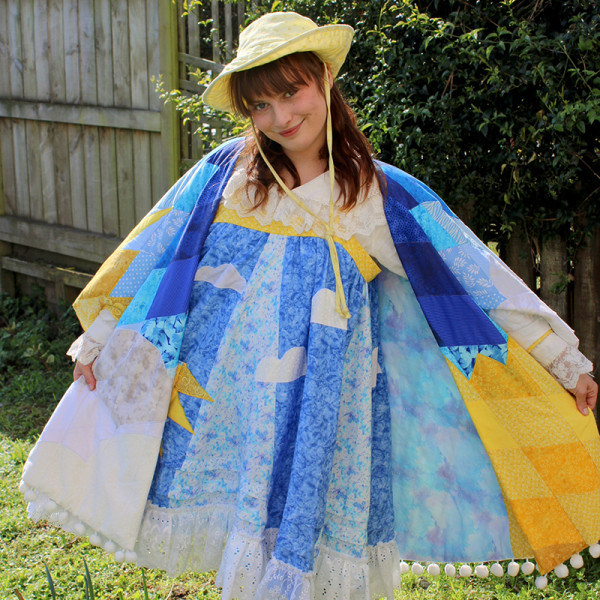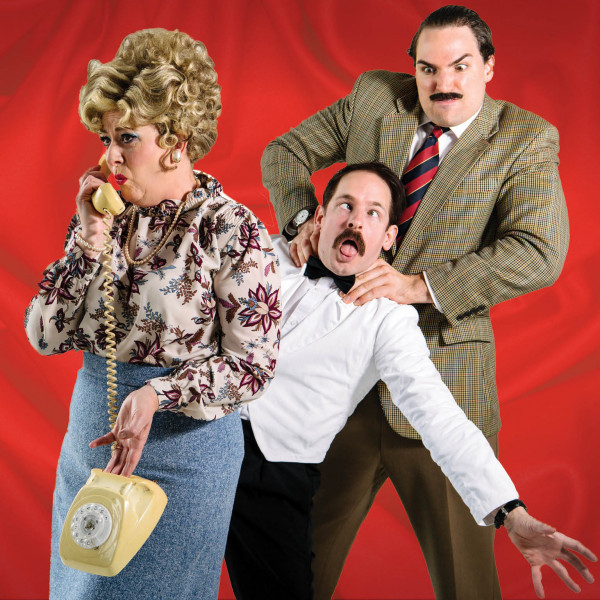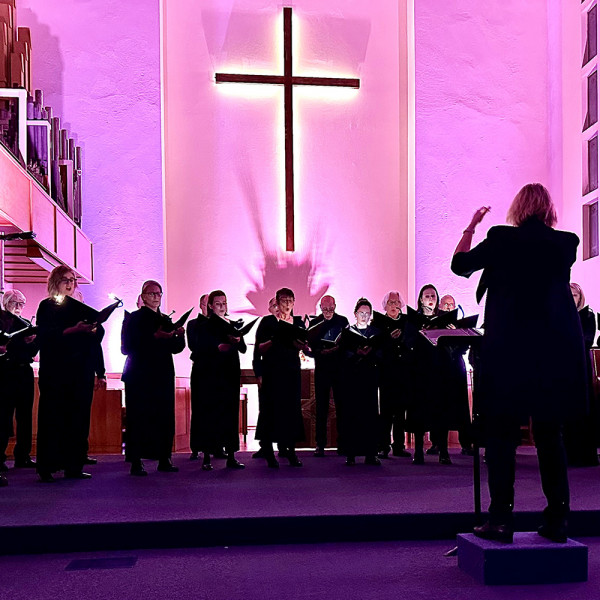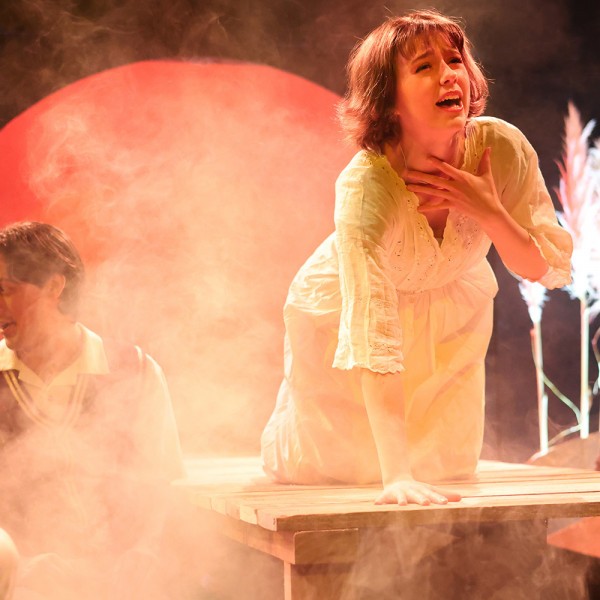
Multi-GRAMMY®-winning bassist, composer, arranger, and producer Marcus Miller has been called one of the most influential artists of our era. At the top of his game for over 40 years, he is consistently recognised as one of the greatest electric bassists of all time. Renowned for his legendary technique and feel in his fusion of jazz, funk, groove, and soul, he is also one of the most recorded artists in modern music. It was fitting then that he, as the top billing, opened this year’s Wellington Jazz Festival.
The full Opera House audience was fortunate to experience not just one, but five exceptionally talented musicians on stage. Miller may have been the star of the show with his sublime, at times simply breathtaking thumb-slapping skills up and down the guitar neck, but he also constantly praised his fellow musicians and introduced them at least three times throughout the night!
From the funky opening track Panther, featuring soaring keyboards from Xavier Gordon and dynamically syncopated, rhythmic drumming from Anwar Marshall, we knew we were in for something special. With Miller’s funky bass and Donald Hayes’ dazzling, soaring notes on saxophone, Red Baron had the crowd mesmerised, clapping and cheering after every solo.
Maputo was a dedication to saxophone great David Sanborn, who passed earlier this year – one of a multitude of artists Miller has collaborated with throughout his career. Miller is probably best known for his work (including three albums) with Miles Davis during the 1980s – Tutu and Mr Pastorius, tracks from which featured the expressively clean tones of Russell Gunn on trumpet.
Miller told of his visit to an island off the coast of Senegal, which served as an outpost to slave trading, after which he wrote the poignant and desperately sad Gorée (Go-ray). With Miller playing a bass clarinet under soft deep-blue lighting, this slow melancholic ballad almost moved me to tears.
A second standing ovation, after the encore Come Together, was no less than this spectacular band deserved. Superlative.



